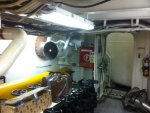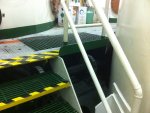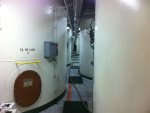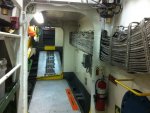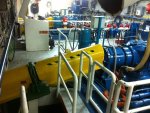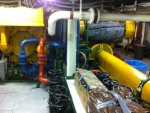bullethead67
New Member
Serial power
I am really liking the serial power thing. I understand it would go out like Christmas lights if one area was damaged but so would a idiot. Everyone understands the x-mas lights problem.
But what about it's unique identifier? If one chip had a problem and the rest were good would it rearrange the order of the units on the panel? Is there an ability to say this chip is for bearing P14 and nothing else?
It would need to never get confused even if some nodes got taken out. Ie the remaining nodes cannot display a light for a different bearing. Having a node give information on the wrong bearing is worse than the node not working at all.
These concerns are from me reading somewhere about boot up order. It was 2 days ago and I don't even know if it was serial power related. I thought I would check just to be sure
I am really liking the serial power thing. I understand it would go out like Christmas lights if one area was damaged but so would a idiot. Everyone understands the x-mas lights problem.
But what about it's unique identifier? If one chip had a problem and the rest were good would it rearrange the order of the units on the panel? Is there an ability to say this chip is for bearing P14 and nothing else?
It would need to never get confused even if some nodes got taken out. Ie the remaining nodes cannot display a light for a different bearing. Having a node give information on the wrong bearing is worse than the node not working at all.
These concerns are from me reading somewhere about boot up order. It was 2 days ago and I don't even know if it was serial power related. I thought I would check just to be sure


